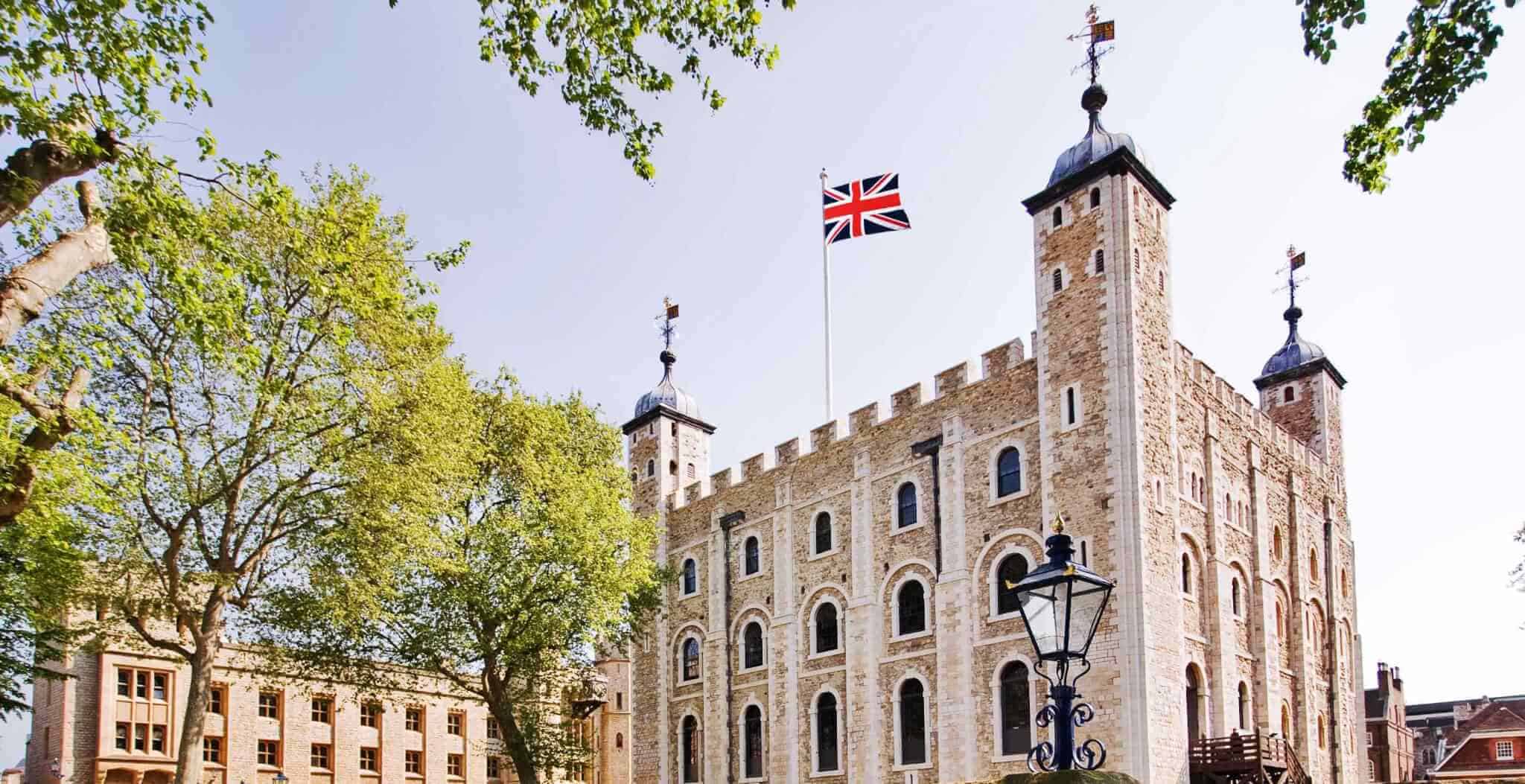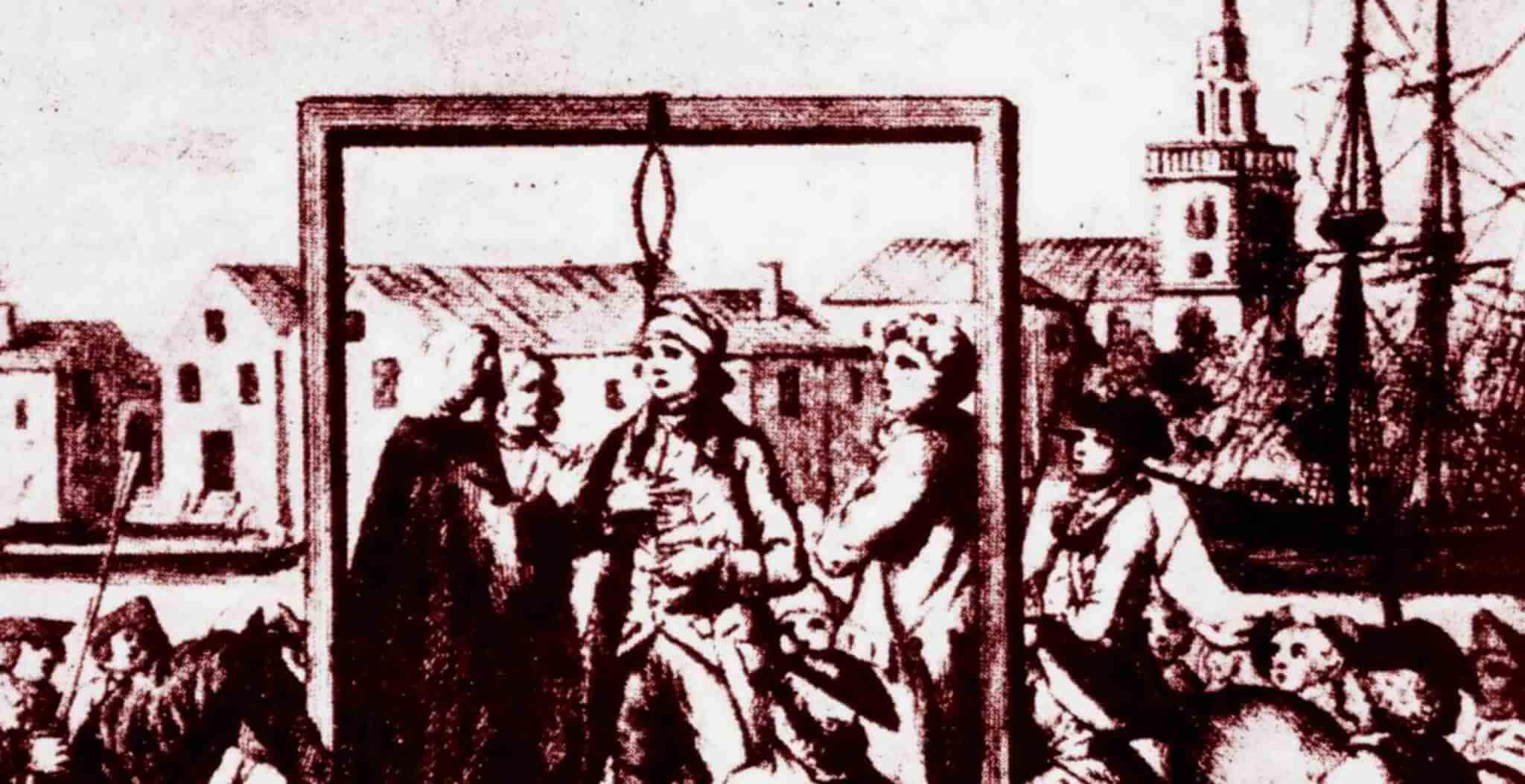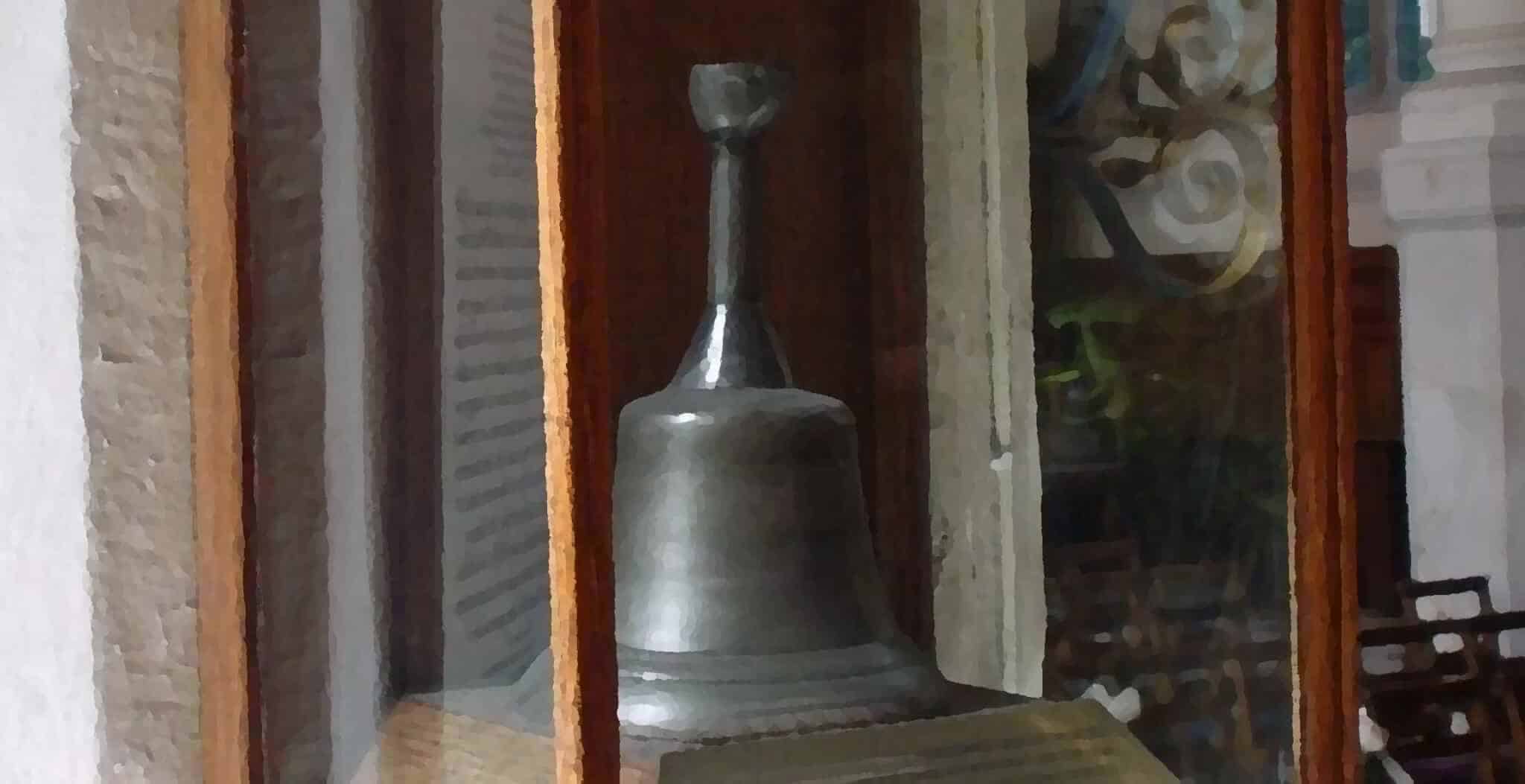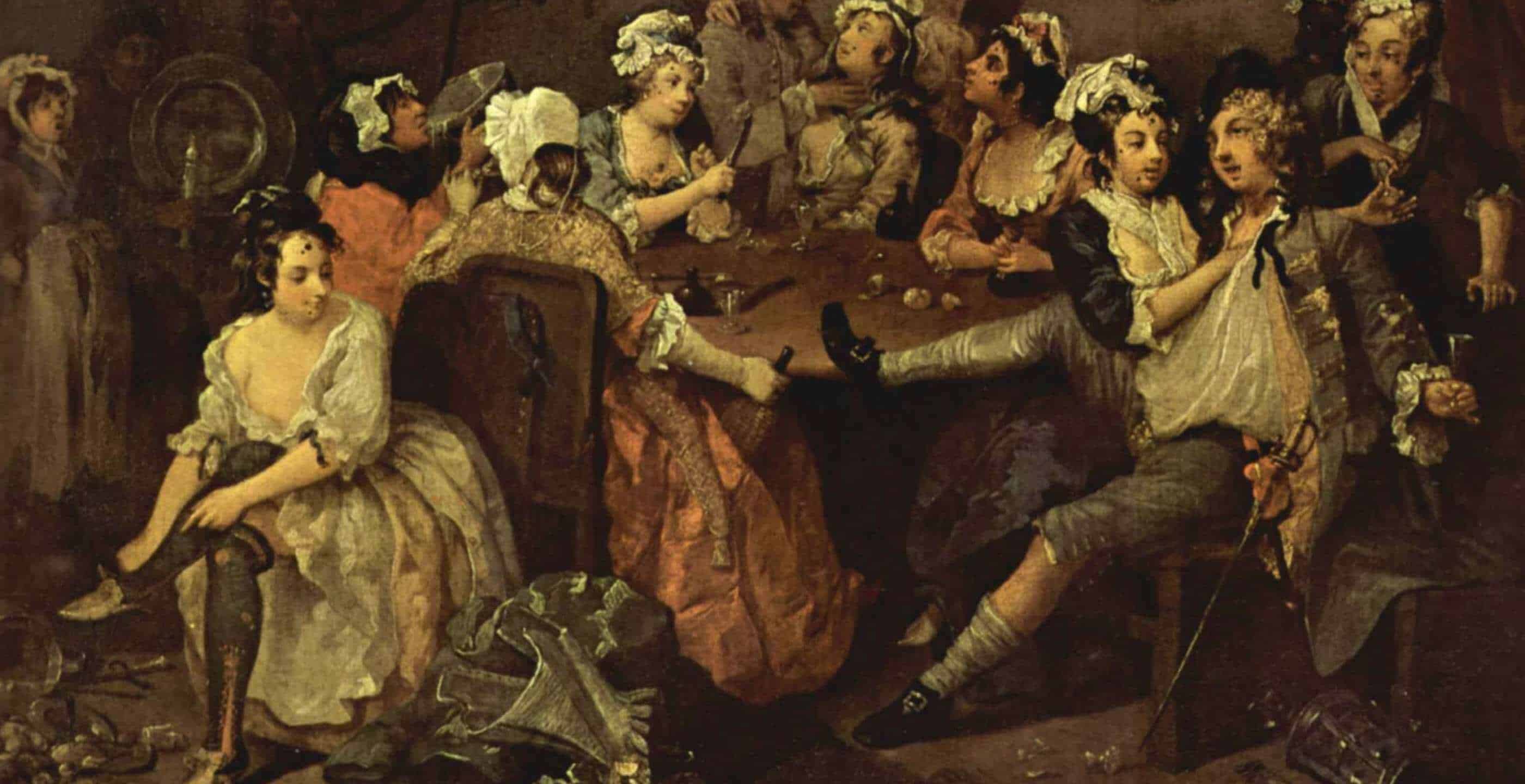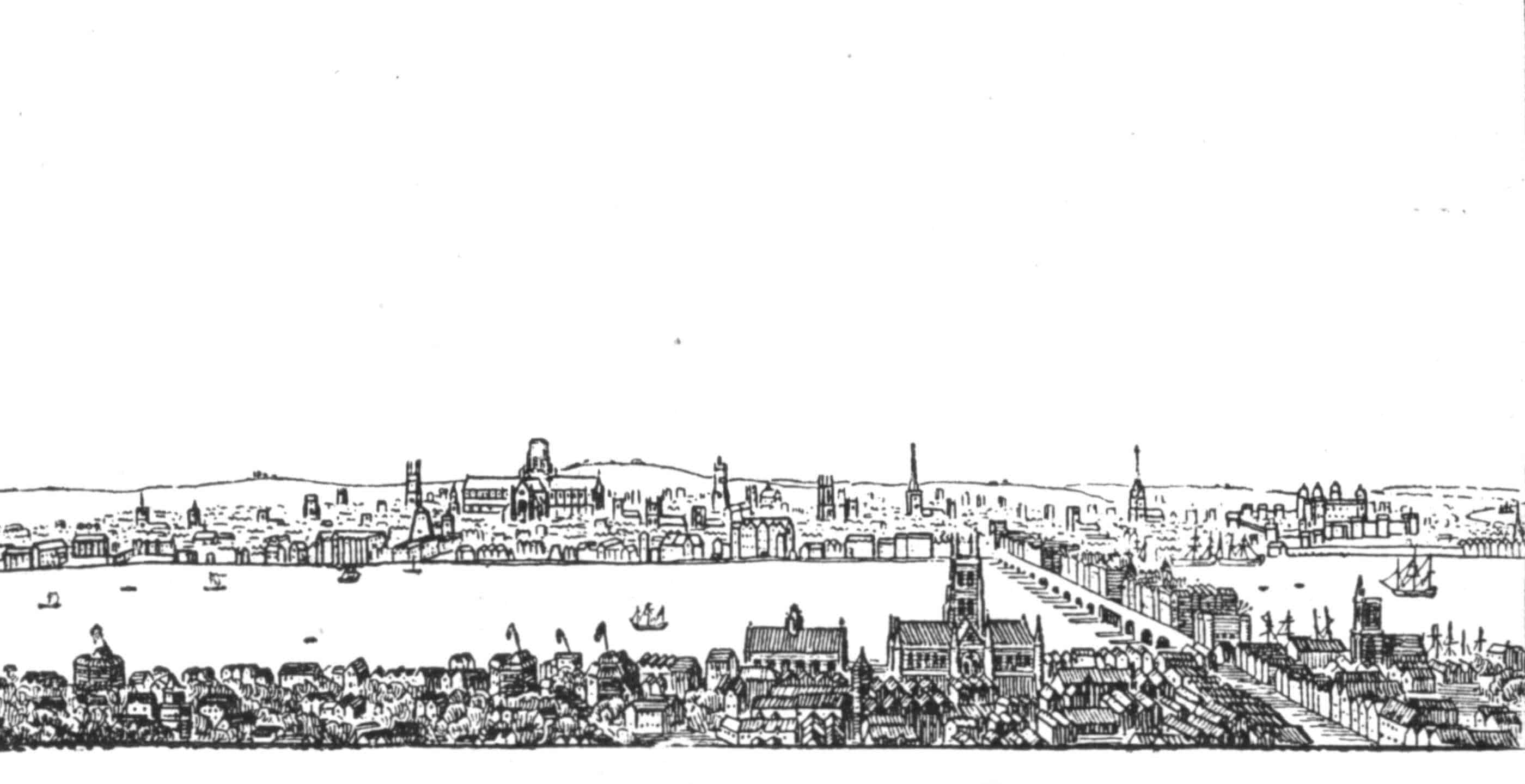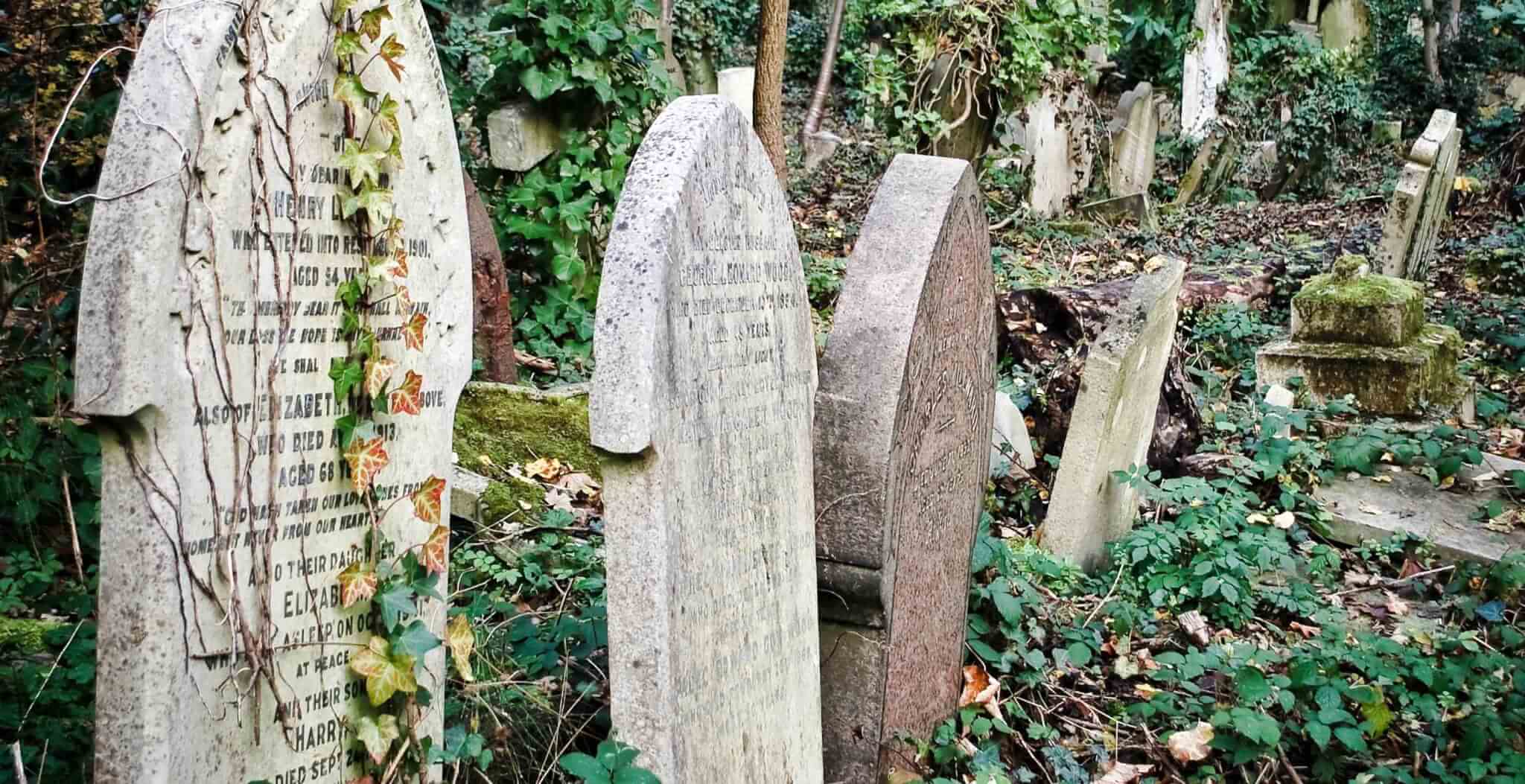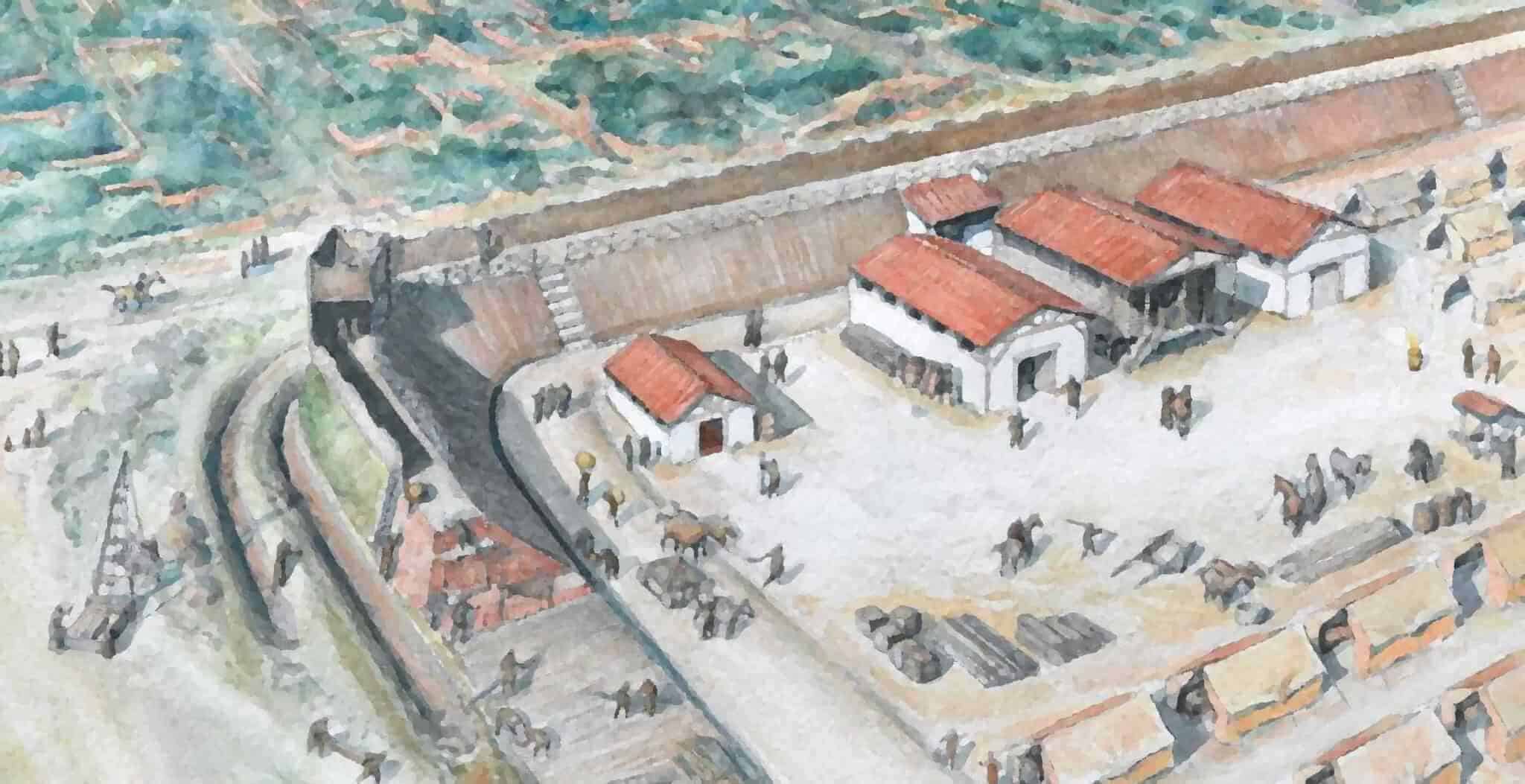It is well known that the Tower of London has been a place of imprisonment, torture and execution over the centuries.
It is surprising to learn that actually, torture was only employed in the Tower during the 16th and 17th centuries, and only a fraction of the Tower’s prisoners were tortured.
This period was one of religious upheaval in England and the need to obtain information, by any available means, was paramount. Torture was not used as a punishment but as a means to an end, to learn about co-conspirators, safe houses, etc. During the reign of King James I, Sir Francis Bacon wrote: “…in the highest cases of treasons, torture is used for discovery and not for evidence.”
Torture has never been officially permitted under English law. Those who carried out this brutal practice in the Tower acted under the direct orders and authority of the Privy Council and the monarch.
The three main instruments of torture employed at the Tower were the rack, the Scavenger’s Daughter and the manacles.
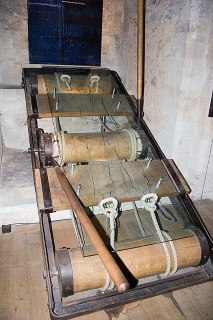
A torture rack, photographed in the Tower of London, England. Author: David Bjorgen
The rack was the most widely used instrument of torture, designed to stretch the victim’s body, eventually dislocating the limbs and ripping them from their sockets. At the Tower it was also known as the Duke of Exeter’s Daughter, as it was claimed to be the invention of the Duke, a Constable of the Tower in the 15th century. The prisoner was shown the rack first and then questioned; only if the prisoner refused to answer was the rack used. It is known that the sheer sight of the rack was often enough for people to surrender!
During the religious turmoil of the 16th century, the rack was employed freely by the Catholic Queen Mary and the Protestant monarchs Henry VIII, Edward VI and Elizabeth I.
The Scavenger’s Daughter (also known as Skeffington’s Irons) was designed by Sir Leonard Skeffington who was Lieutenant of the Tower during the reign of Henry VIII. It was conceived as the perfect complement to the rack as it worked on the opposite principle; the body was compressed rather than stretched.
The Scavenger’s Daughter is only mentioned briefly in the documents at the Tower, and so was probably rarely used.
Manacles are iron handcuffs worn around the wrists. In the Tower a prisoner would be suspended by the manacles with his feet off the floor, often for long periods of time, causing great pain and discomfort. Afterwards the victim would find it very painful and difficult to use his hands.
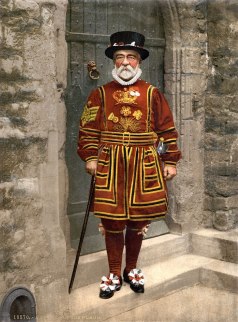
A Yeoman Warder in Tudor State Dress
The Warders of the Tower (the Beefeaters), under command of the Lieutenant of the Tower, were responsible for carrying out the physical part of the torture. The questioning was carried out by Commissioners, among whom there was usually at least one law officer, such as the Royal Attorney.
The Gunpowder Plotter Guy Fawkes is probably the most famous prisoner known to have been tortured in the Tower of London. It is not known whether he was subjected to the rack, however it is thought that he may have been tortured by being suspended from the manacles. The use of the manacles or the rack, or both, could certainly have brought about the change in his handwriting before and after his confession:

The top image is Guy Fawkes’ signature after torture: the lower one is before torture
Anne Askew, a preacher and supporter of Martin Luther, was imprisoned for distributing Protestant books in 1546. Torture was used to try and force her to divulge names of other Protestants. This is the only reported instance of a woman being tortured in the Tower. Her body was so damaged by the rack that she had to be carried to her trial where she was found guilty of being a Protestant and condemned to death. She was burned at the stake at Smithfield. Despite her suffering on the rack, she never gave up any names nor did she recant her faith.
Following criticism that torture was not only cruel but ineffective, as a prisoner on the rack would say anything in order to be freed, torture in the Tower of London was abandoned from the mid 17th century onward.
Published: 16th March 2015
